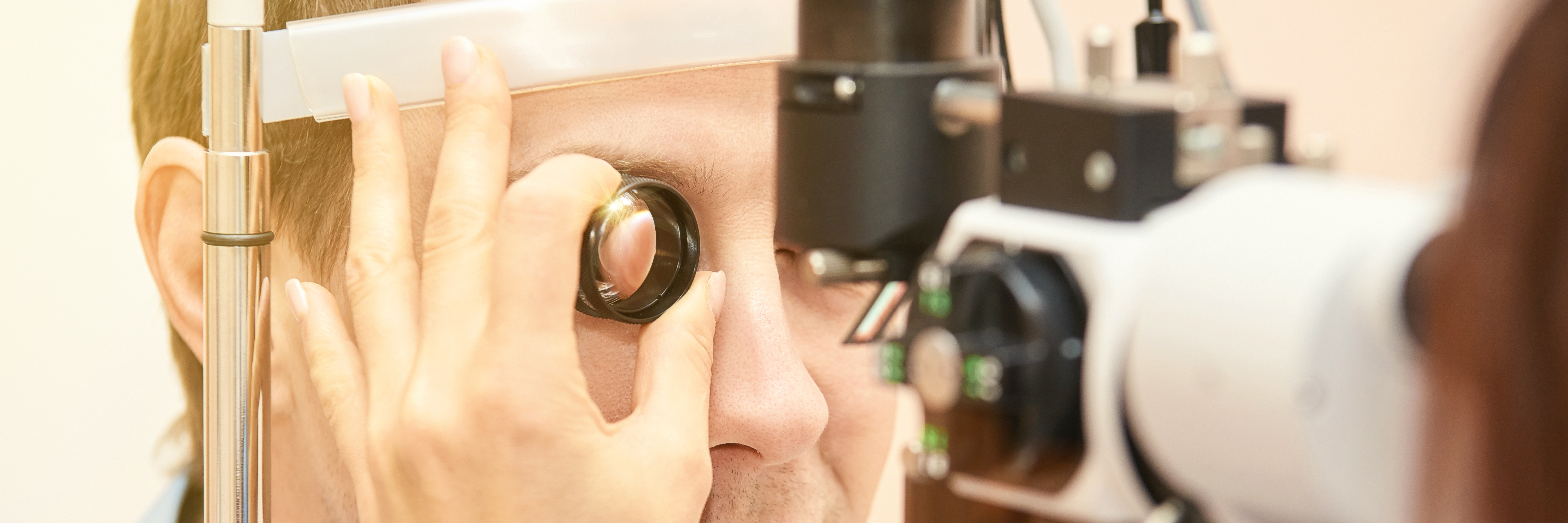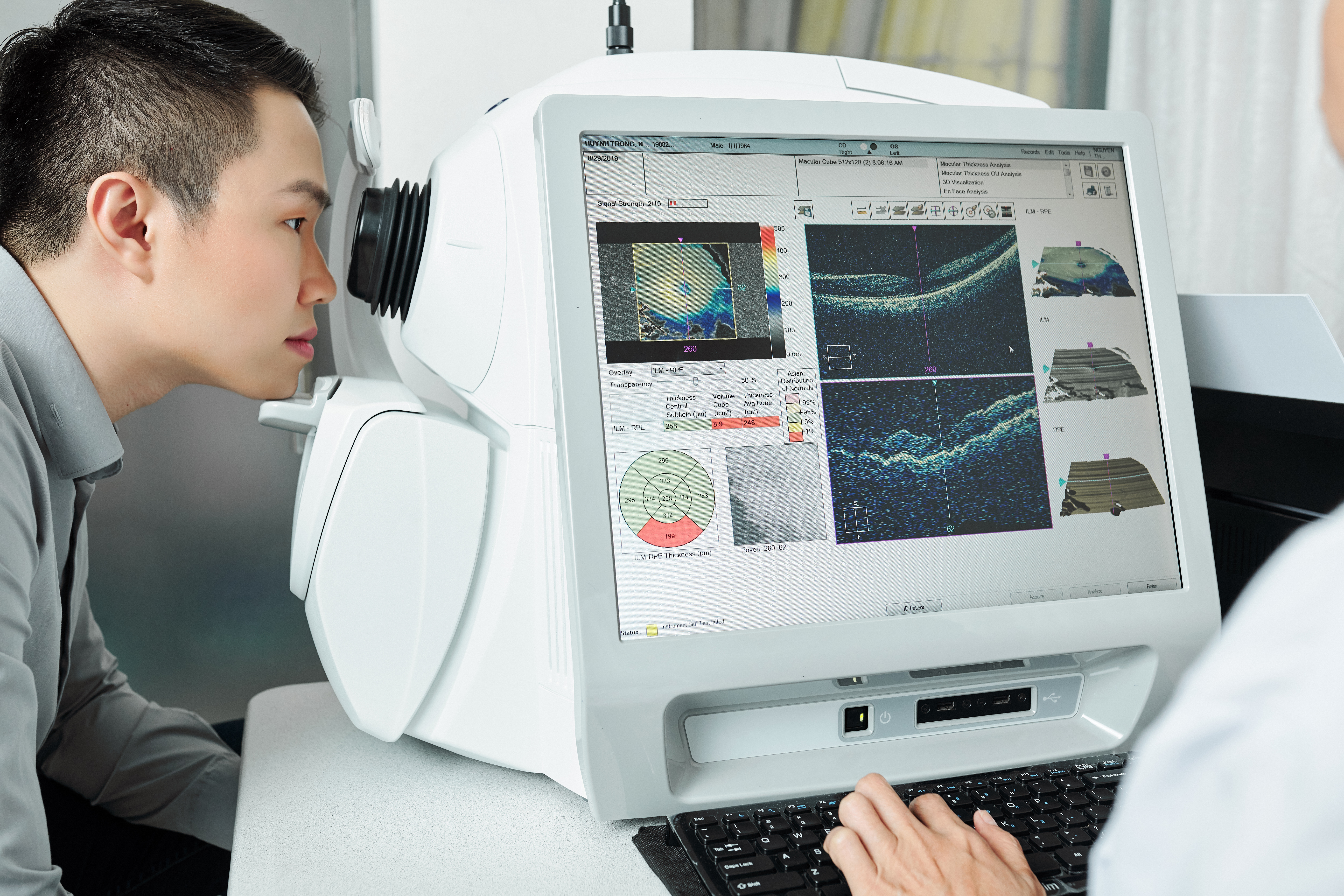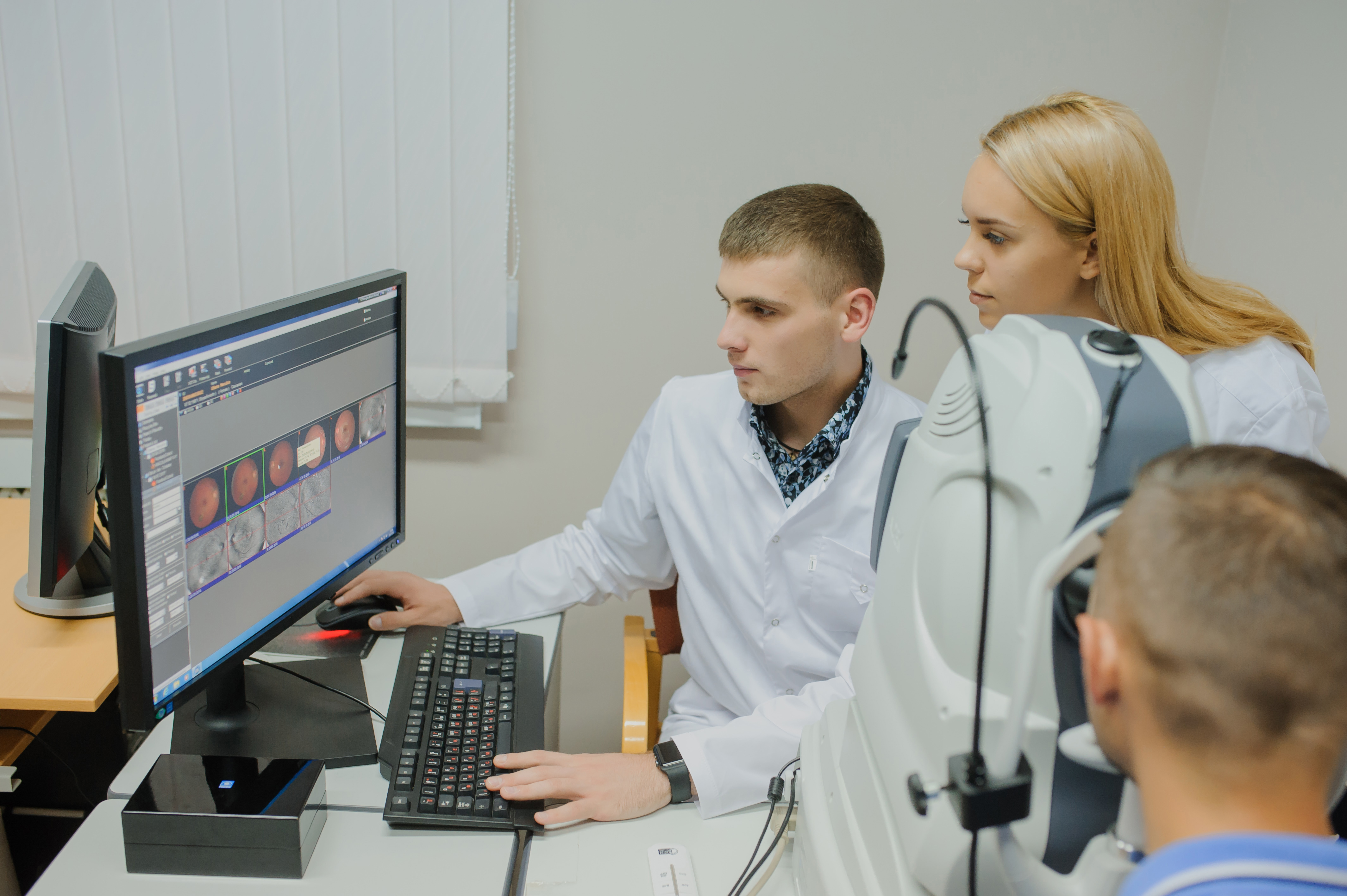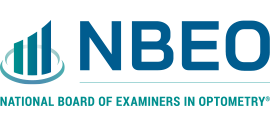Part II PAM® / TMOD®
Patient Assessment & Management
The Part II PAM Patient Assessment & Management exam assesses candidates’ clinical thinking and decision-making with a particularly heavy emphasis on diagnosis and treatment.
The Part II PAM examination consists of 350 items, approximately 120 of which are categorized as TMOD items (see Embedded TMOD Exam link on this page). The exam is two sessions in length administered on a single day, each session consisting of 175 items. Candidates will have 3.5 hours to complete each session. The morning session includes an additional 15 minutes devoted to a tutorial and the reading and signing of a non-disclosure agreement (NDA). There is an optional break of up to 45 minutes between the morning and afternoon sessions. For questions about when a candidate is eligible to take the Part II exam, please see the NBEO Exam Eligibility Policy here.

The examination is in an image-intensive, case-based format. Each case consists of a patient presentation including demographic data, chief and secondary complaints, personal and family ocular and medical history, and clinical findings. Between 3 and 6 items will be included in each case.
Items on the exam are targeted to assess entry-level competence. Therefore, cases generally focus on either typical presentation of relatively high frequency conditions or conditions with low frequency but high criticality. When low frequency, high criticality cases are presented, they will be portrayed in a pathognomonic manner.
To reduce the verbiage within cases and test items, individual drugs on the Part II PAM exam are referenced by generic or trade name, but not both. During the exam, candidates have access to a searchable drug list. Candidates can see a sample version of this drug list by going to the "EXAM INFORMATION" tab. You may search for a drug by its trade name or generic name. It is important that candidates note that the sample drug list is not intended to be a study guide, nor is it necessarily a complete list of drugs that may appear on the PAM exam. Candidates should also be aware that the drug list will include only those drugs that have commonly used trade names. Drugs such as penicillin will not appear on the list. The list will include drugs used on other NBEO exams; therefore, significantly more drugs will appear on the list than appear on the Part II PAM exam.



In addition, commonly utilized abbreviations included on the Part II PAM can be found on a searchable abbreviation list. The drug and abbreviation lists may be accessed from any page of the exam by clicking on the corresponding tab at the top of the screen.
A tutorial for the Part II PAM can be found in the “EXAM INFORMATION” tab. Candidates are strongly encouraged to review the tutorial prior to their exam day to familiarize themselves with the mechanics of taking the exam by computer. Candidates will have 10 minutes to go through the tutorial on exam day.
Links to the Part II PAM Content Matrix and Part II PAM Content Outline can be found in the "EXAM INFORMATION" tab.
- Formulation of most appropriate disease diagnosis which will be treated and/or managed
- Selection of treatment/management, including systemic considerations
- Dose, form, schedule, and duration of treatment
- Contraindications and side effects of medication, including systemic considerations
- Follow-up and prognosis, including reassessment of diagnosis after initiating treatment
- Treatment and management of ocular emergencies and urgencies
The National Board of Examiners in Optometry is pleased to offer candidates taking the Part II Patient Assessment and Management (PAM)/ Treatment and Management of Ocular Disease (TMOD) Examination an opportunity to test their knowledge using questions similar to those found on the actual Part II PAM/TMOD Examination.
 |
Administration and Features of the Part II PAM/TMOD Practice Databank
The Part II PAM/TMOD Practice Databank is administered by Test Run, an independent third-party organization whose exam prep solution software provides candidates with a detailed score report and resulting performance feedback designed to help them tailor their studying and analyze strengths and weaknesses. |
 |
Candidate Options with the Part II PAM/TMOD Practice Databank The Part II PAM/TMOD Practice Databank was designed with candidates in mind. Candidates may choose to select practice items based on content or may decide to complete an entire examination session. |
 |
Registration and Subscription
After registering to take the Part II PAM/TMOD Examination, candidates may then register and subscribe to the Part II PAM/TMOD Practice Databank by clicking here to go to the Test Run registration page and creating an account through Test Run. Using one of the following browsers is recommended: Google Chrome, Firefox, or Apple Safari. The cost for a one-month subscription is $199, which is paid during the Test Run online registration process and provides the candidate with unlimited access to the Part II PAM/TMOD Practice Databank for one month! For a discounted fee of $149, candidates may renew their subscription for one additional month at any time up until the date of the next Part II PAM/TMOD Examination administration. |
 |
More Information
Click here to see a list of Frequently Asked Questions.
NOTE: SUBSCRIPTION TO AND/OR COMPLETION OF ITEMS FROM THE PART II PAM/TMOD PRACTICE DATABANK DOES NOT GUARANTEE A PASSING SCORE ON ANY NBEO EXAMINATION (INCLUDING THE PART II PAM/TMOD EXAMINATION). THE PART II PAM/TMOD PRACTICE DATABANK IS A TOOL TO HELP CANDIDATES PREPARE FOR THE PART II PAM/TMOD EXAMINATION. IT SHOULD NOT BE THE ONLY MEANS OF PREPARATION FOR THE PART II PAM/TMOD EXAMINATION.
*Part II PAM/TMOD Practice Databank questions (including cases and images) constitute intellectual property owned exclusively by NBEO. All rights, including the copyright in these exam questions, are reserved. |

